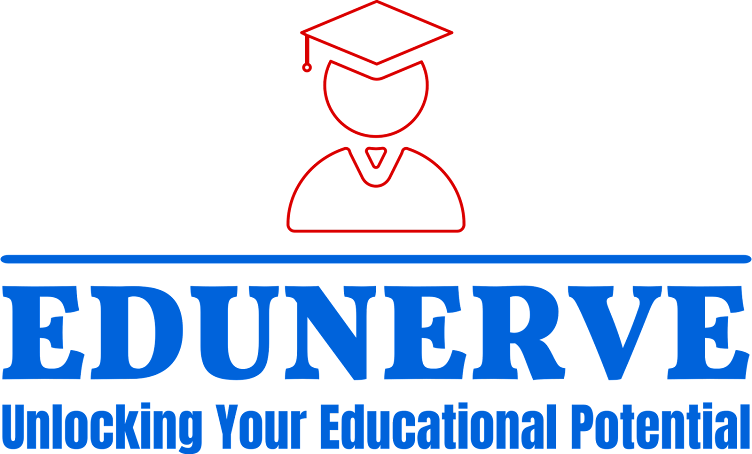Different types of education systems around the world
Education is a cornerstone of modern society. It has the power to transform lives, communities, and even entire nations. However, not all education systems are created equal. From Finland to Japan, from the United States to South Africa, there are many different approaches to educating young people. In this article, we will explore some of the most common types of education systems around the world.
The traditional model:
Let's start with the most common type of education system - the traditional model. This system is based on the idea that the teacher is the central authority figure in the classroom. Students sit in rows, listen to lectures, and take notes. The focus is on memorization and repetition, rather than critical thinking and creativity.
"The traditional model has been around for centuries. It's a tried and tested approach, but it doesn't work for everyone."
The Montessori method:
Another approach is the Montessori method. This system was developed by Maria Montessori in the early 20th century. It is based on the idea that children learn best when they are given the freedom to explore and discover on their own. In a Montessori classroom, students work at their own pace, choose their own activities, and are encouraged to follow their interests.
"The Montessori method is all about creating a learning environment that is tailored to each child's unique needs and abilities."
The Waldorf system:
The Waldorf system is another alternative education approach. It was developed by Rudolf Steiner in the early 20th century. This system emphasizes a holistic approach to education, focusing on the development of the whole child - intellectually, emotionally, and spiritually. The curriculum is based on a series of stages, or "epochs," each of which is designed to correspond to a particular phase of a child's development.
"The Waldorf system is all about nurturing the whole child - not just their academic abilities, but their emotional and spiritual development as well."
The International Baccalaureate (IB) program:
Moving on to more specialized approaches, we have the International Baccalaureate (IB) program. This system is designed for students who are interested in pursuing an international education. The IB program is recognized around the world, and its curriculum is designed to prepare students for success in university and beyond.
"The IB program is all about preparing students to become global citizens - with a deep understanding of different cultures and languages, and the skills they need to succeed in a rapidly changing world."
The vocational education system:
Finally, we have the vocational education system. This system is designed for students who are interested in pursuing a career in a specific trade or industry. Students learn through hands-on experience, and the focus is on practical skills rather than academic knowledge.
"The vocational education system is all about preparing students for the workforce - giving them the skills and experience they need to succeed in their chosen profession."
In conclusion, there are many different types of education systems around the world. From traditional models to alternative approaches, from specialized programs to vocational education, each system has its strengths and weaknesses. The key is to find the system that works best for you or your child. As Nelson Mandela once said, "Education is the most powerful weapon which you can use to change the world."



No comments:
Post a Comment